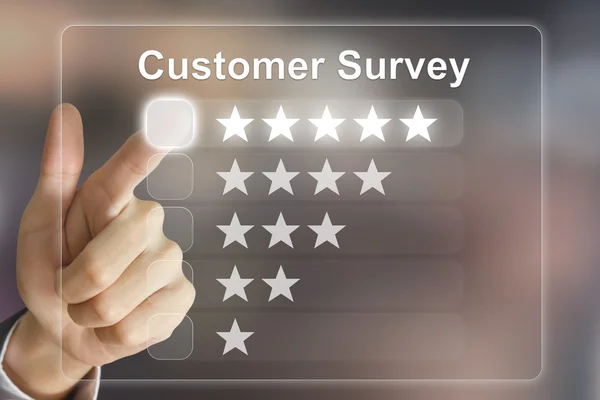Creating high-quality content takes time, effort, and resources. Instead of producing new content constantly, brands can maximize the value of existing content through content repurposing. Repurposing allows you to reach new audiences, reinforce your message, and increase engagement across multiple platforms. By strategically transforming one piece of content into different formats, businesses can save time while boosting visibility and results.

Why Content Repurposing Matters
Repurposing content extends the life of your work and enhances ROI. It allows brands to reach audiences who prefer different content formats, from videos and social media posts to infographics and podcasts. Additionally, repurposed content can strengthen SEO, improve engagement, and increase overall brand authority.
Key Benefits:
-
Increases content reach by targeting multiple platforms.
-
Saves time and resources while maintaining content quality.
-
Reinforces key messages for better audience retention.
-
Improves SEO by creating more opportunities for backlinks and keyword targeting.
-
Engages diverse audience preferences, from readers to visual or audio learners.
Content repurposing ensures that your efforts have a longer-lasting impact and broader reach.
Identify Content Worth Repurposing
Not all content is suitable for repurposing. Start by identifying pieces that performed well or contain evergreen value.
Content to Repurpose:
-
High-performing blog posts or articles.
-
Tutorials, guides, or how-to content.
-
Case studies or customer success stories.
-
Webinars or long-form video content.
-
White papers, eBooks, or research reports.
Analyzing performance metrics helps determine which content will provide the most value when repurposed.
Transform Content into Multiple Formats
Once you’ve identified valuable content, you can repurpose it into formats suited for different platforms and audiences.
Popular Repurposing Formats:
-
Turn blog posts into infographics summarizing key points.
-
Convert guides into video tutorials for YouTube or social media.
-
Break down webinars into short clips or highlight reels.
-
Create podcasts from detailed articles or interviews.
-
Share quotes, statistics, or tips as social media posts.
Repurposing content in multiple formats helps you reach audiences where they consume information most.
Optimize for Different Platforms
Each platform has unique requirements, so adapting content ensures better engagement.
Platform-Specific Tips:
-
Social media: Short, visually engaging clips, infographics, or quote cards.
-
Email newsletters: Condensed summaries with links to full content.
-
YouTube or TikTok: Videos with clear hooks and captions.
-
Podcasts: Conversational scripts derived from written content.
-
Slide decks: Present key insights for LinkedIn or webinars.
Tailoring content to each platform increases engagement and enhances the chances of conversions.
Maintain Consistency and Quality
Repurposing should not compromise the quality or consistency of your messaging. Maintaining brand voice and accuracy across formats is essential.
Best Practices:
-
Update outdated information to ensure relevance.
-
Adapt language and tone for each audience while staying consistent with your brand.
-
Avoid overloading content with repetitive information; focus on unique angles.
-
Include calls to action tailored to each platform.
Consistency ensures that repurposed content strengthens your brand rather than diluting your message.
Measure Performance and Refine Strategy
Tracking the performance of repurposed content helps identify what works and what doesn’t.
Metrics to Monitor:
-
Engagement rates on social media posts or videos.
-
Traffic to original content links shared across platforms.
-
Conversion rates from repurposed content campaigns.
-
SEO improvements from additional backlinks or keyword exposure.
-
Audience growth and retention across channels.
Using these insights, you can refine your repurposing strategy for better reach and results.
Conclusion
Content repurposing is a smart strategy that maximizes the value of every post or asset. By transforming high-quality content into multiple formats and distributing it across platforms, brands can reach more audiences, boost engagement, and improve ROI. Maintaining quality and consistency while measuring performance ensures that repurposed content continues to deliver results. With a well-planned approach, content repurposing allows businesses to work smarter, not harder, and get more from every piece of content.











